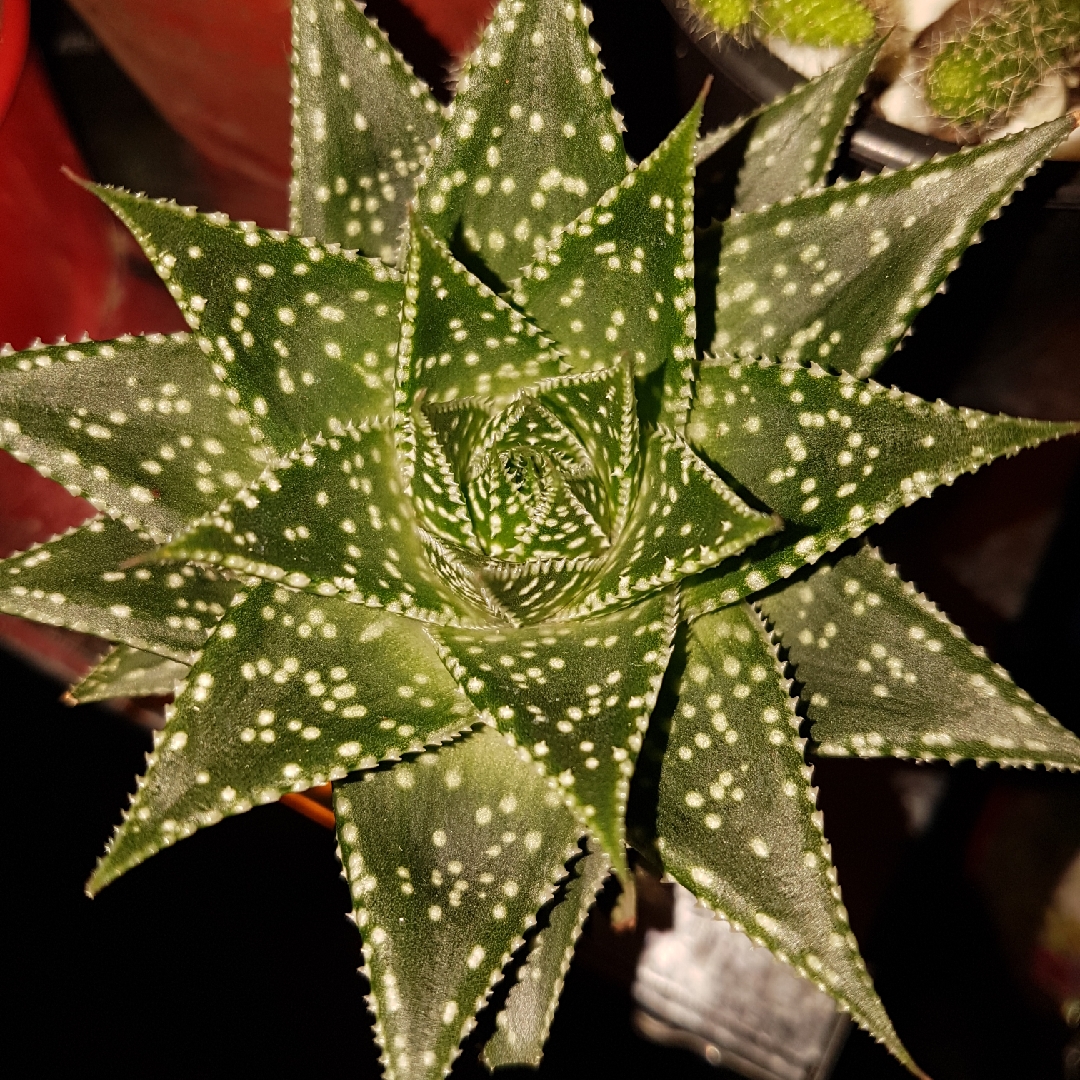
Gasteria Durban
Aloe Gasteria Durban
Original:Gasterias are recognisable from their thick, hard, succulent "tongue-shaped" leaves. Gasteria are grown in well-drained, sandy soils in light shade. They can be propagated by off-sets and cuttings. They are also commonly propagated by seed. Germination usually occurs within 8 days but may take as long as one month, depending on the species. New:Gasteraloe is a category of hybrid plants, from mixtures of species from the Aloe and Gasteria genera. In colder climates, it is treated as a Houseplant. They come in many varieties, some of which flower. They cannot survive in temperatures below 10c/55f. The leaves are spiky and fleshy.
Contributed by @NaayNaay
-
Full sun
-
Occasional watering
-
Not Frost hardy
-
Free draining
Common name
Aloe Gasteria Durban
Latin name
Gasteria Durban
type
Succulent
family
Asphodelaceae
ph
7.0 - 8.5 Acid - Neutral
Plant & bloom calendar
-
Best time to plant
-
When the plant will bloom
full grown dimensions
 1.00 M
1.00 M
1.00 M
1.00 M
Gasteria Durban
Original:Gasterias are recognisable from their thick, hard, succulent "tongue-shaped" leaves. Gasteria are grown in well-drained, sandy soils in light shade. They can be propagated by off-sets and cuttings. They are also commonly propagated by seed. Germination usually occurs within 8 days but may take as long as one month, depending on the species. New:Gasteraloe is a category of hybrid plants, from mixtures of species from the Aloe and Gasteria genera. In colder climates, it is treated as a Houseplant. They come in many varieties, some of which flower. They cannot survive in temperatures below 10c/55f. The leaves are spiky and fleshy.
Planting
From Early Spring TO Late Winter
Plant in good cactus compost, or a loamy compost with added sand, for drainage.
Propagating
From Early Spring TO Late Winter
Carefully remove side-shoots when they are large enough to handle, cutting them away from the parent plant. Make sure they have some root, and re-pot.
Flowering
From Late Spring TO Early Spring
Downward hanging flowers grow on spikes, and can be white, yellow, orange or red. They usually appear in Summer, but can be seen irregularly through the year.











